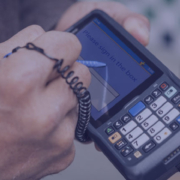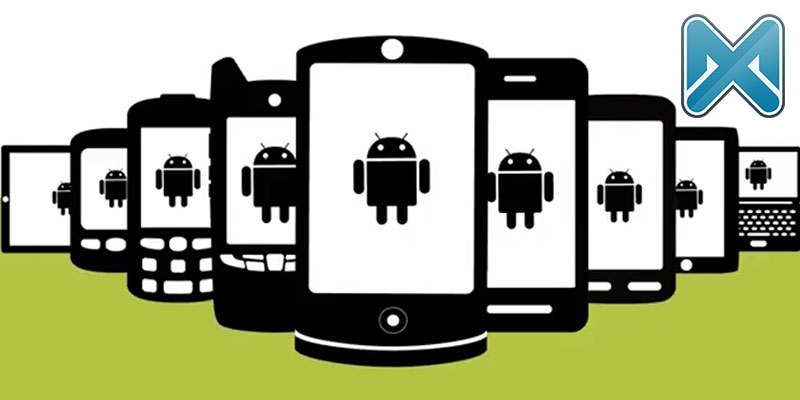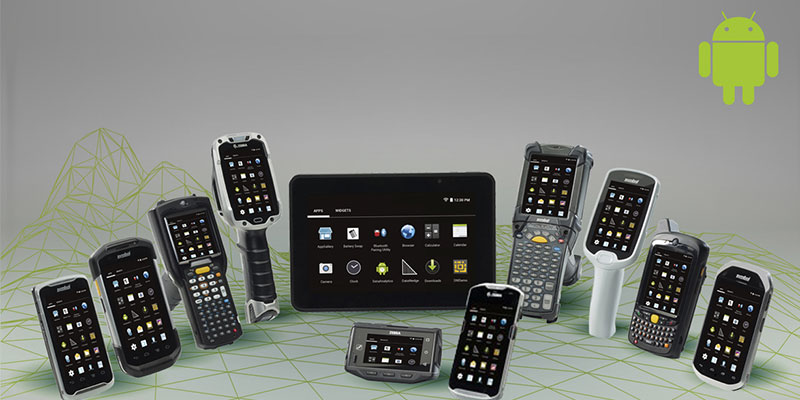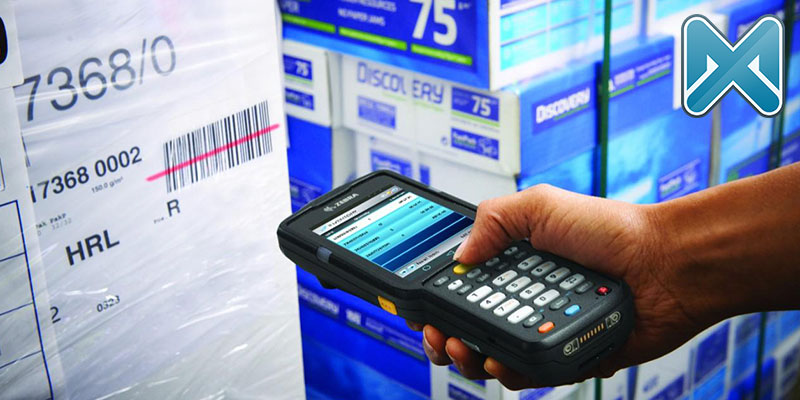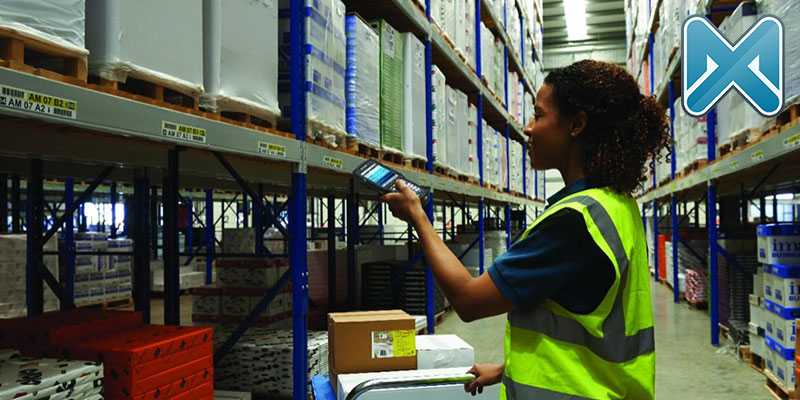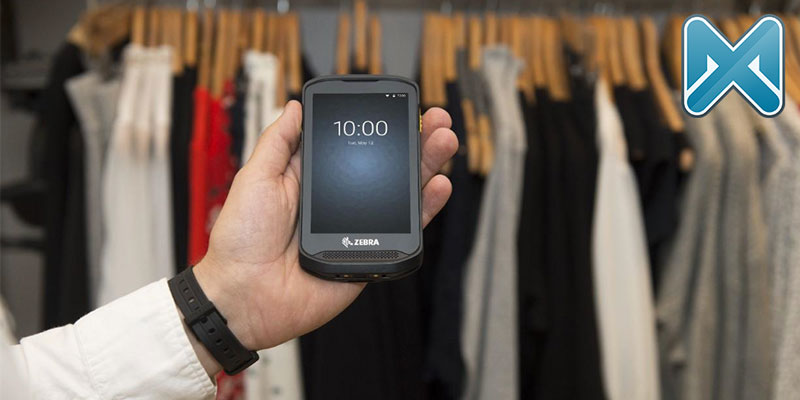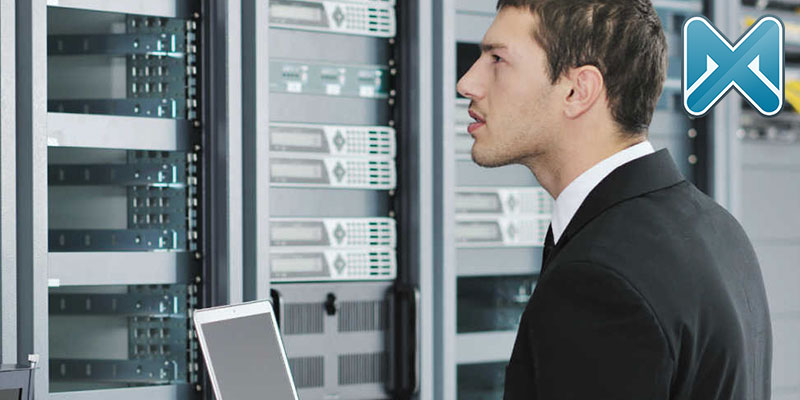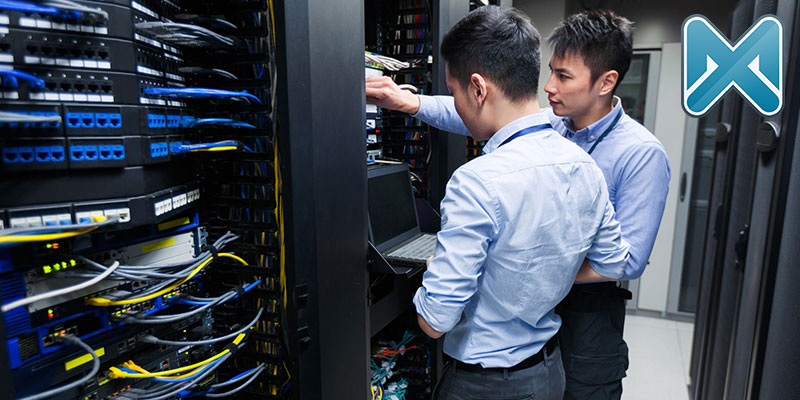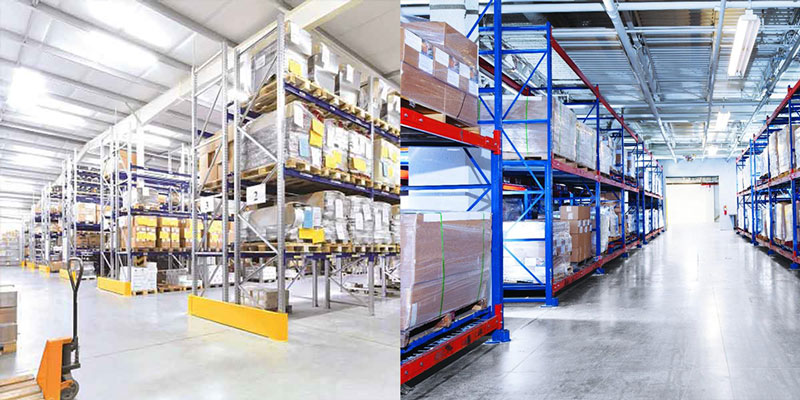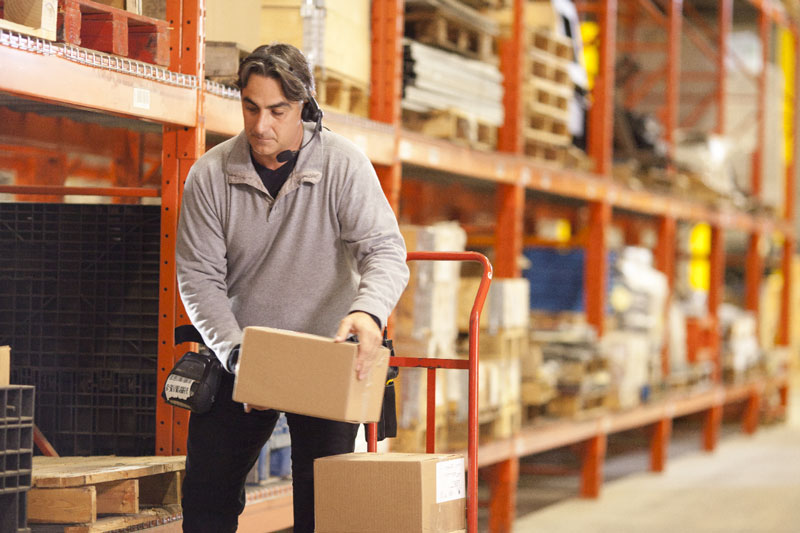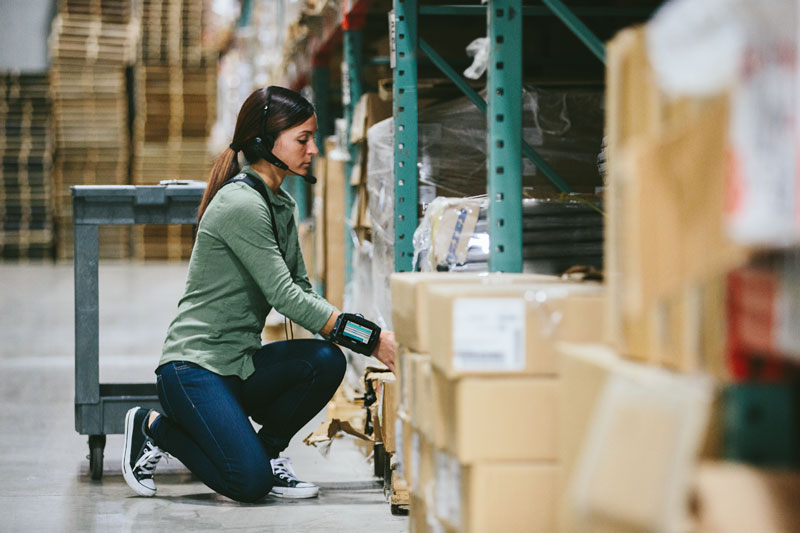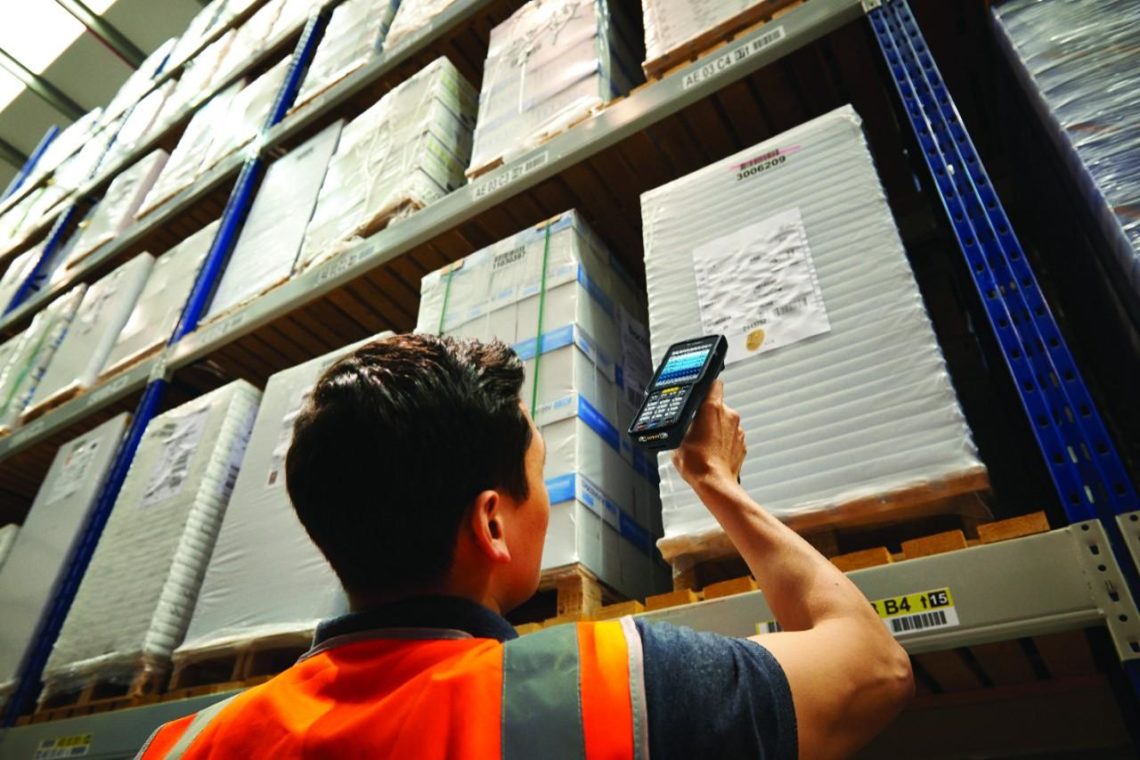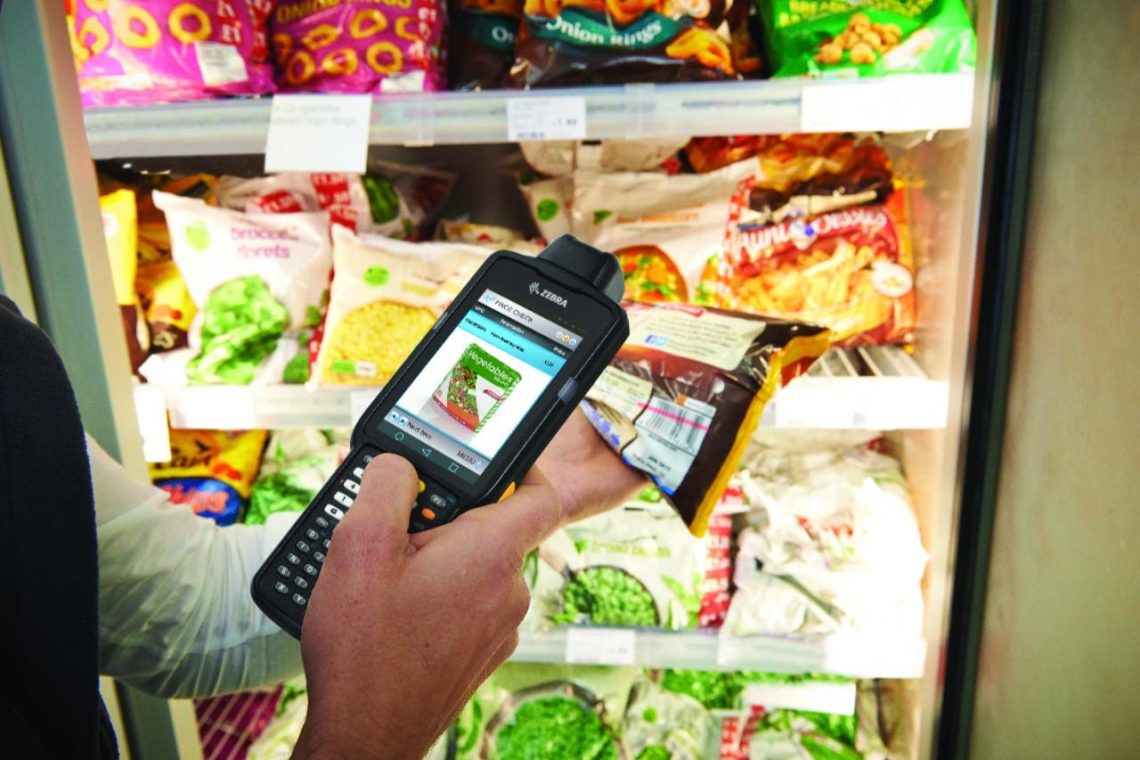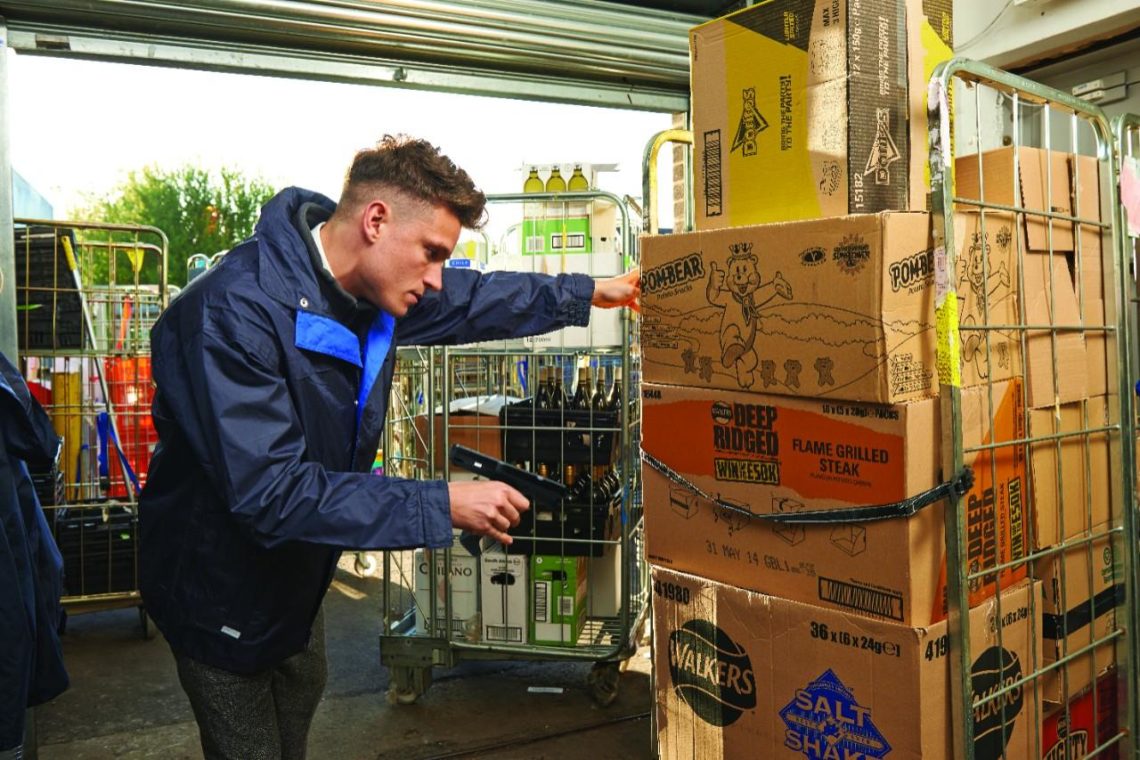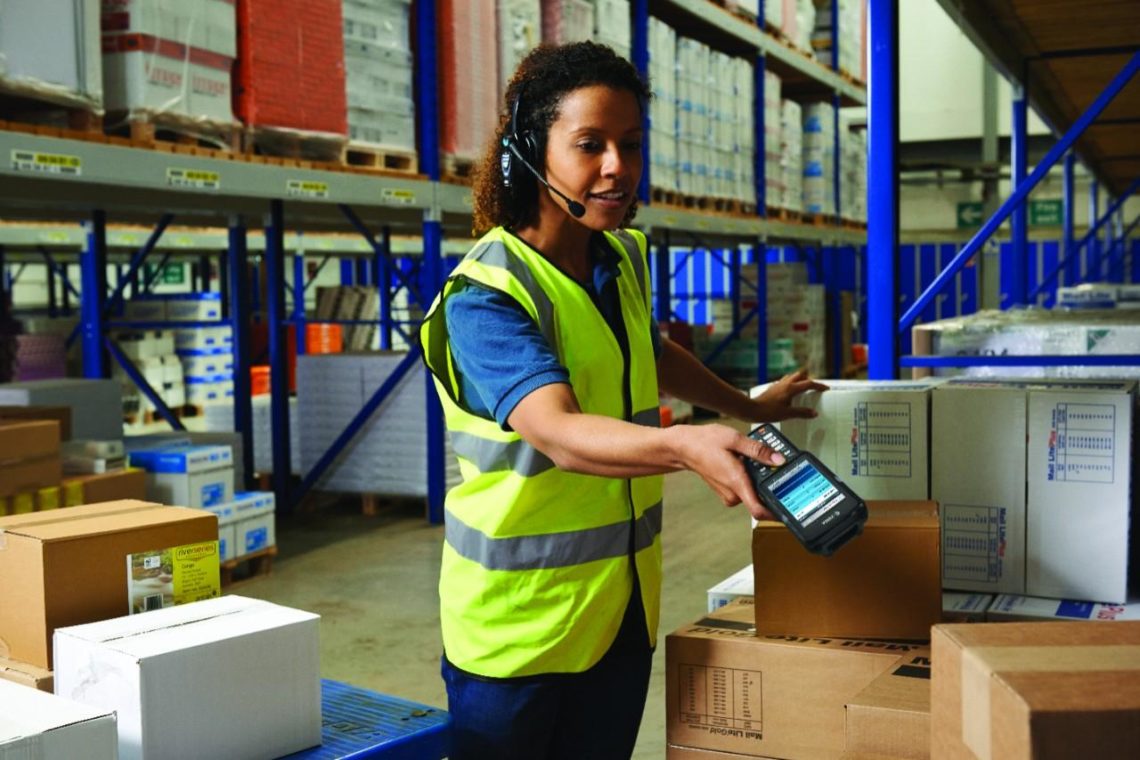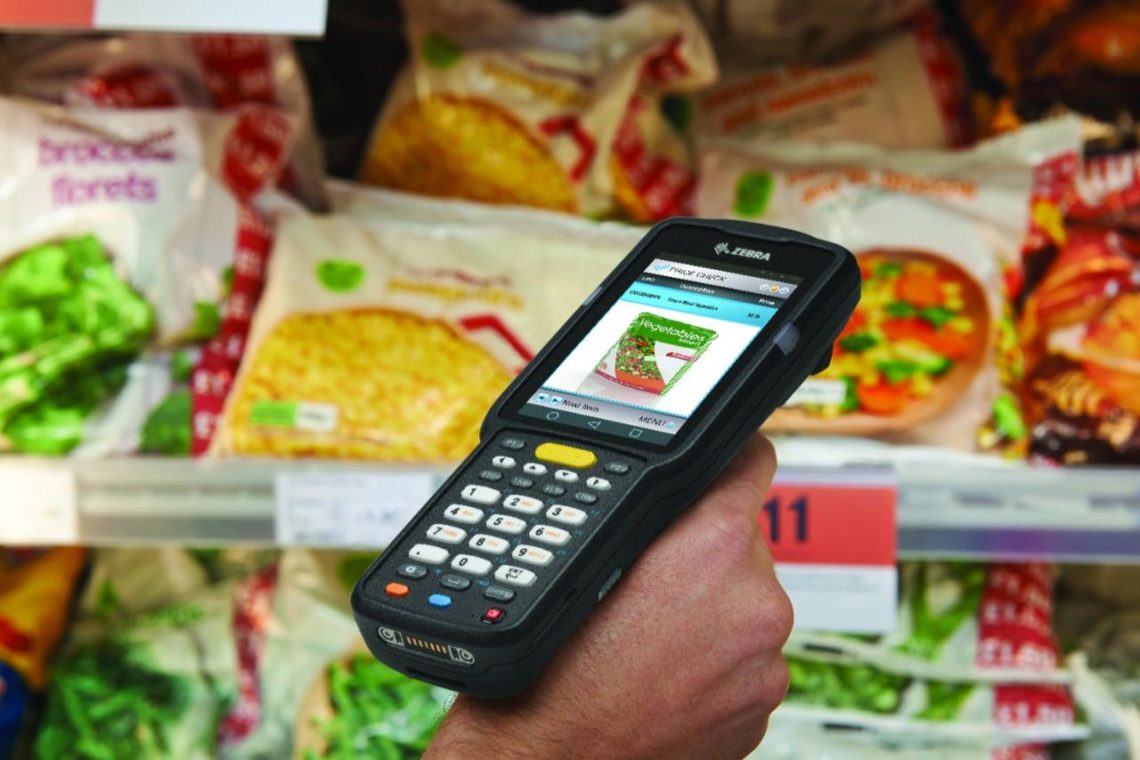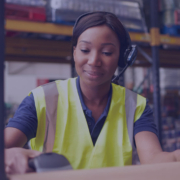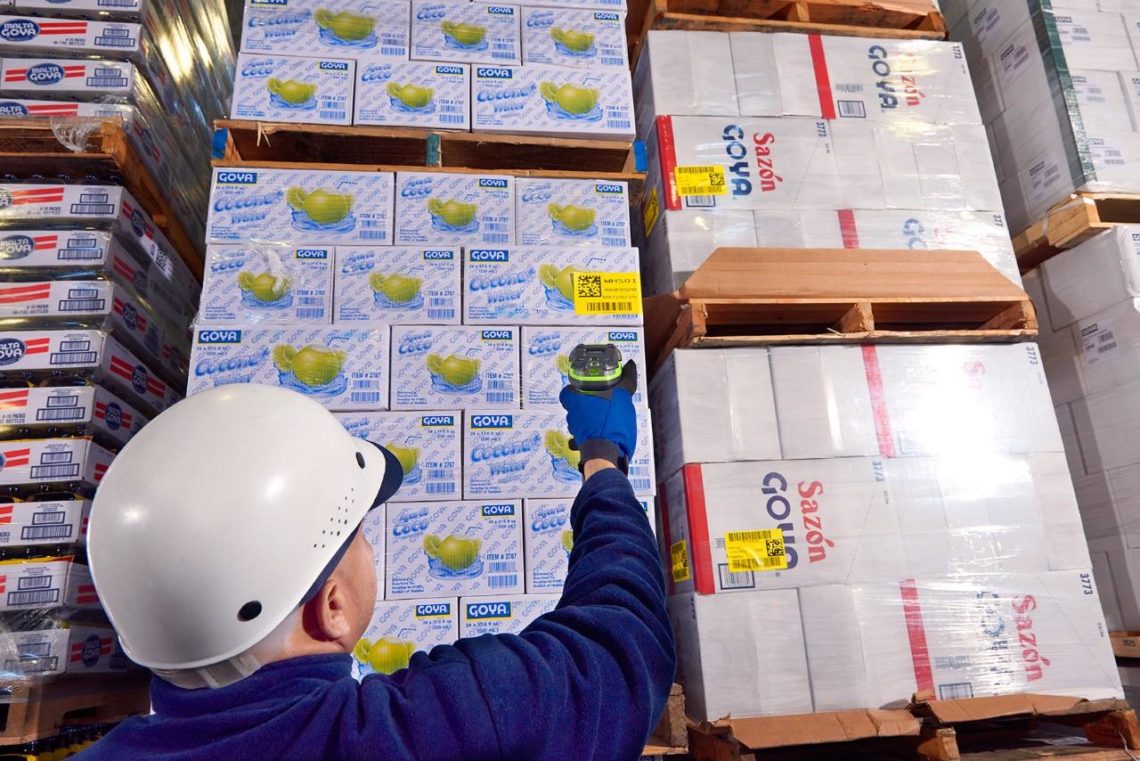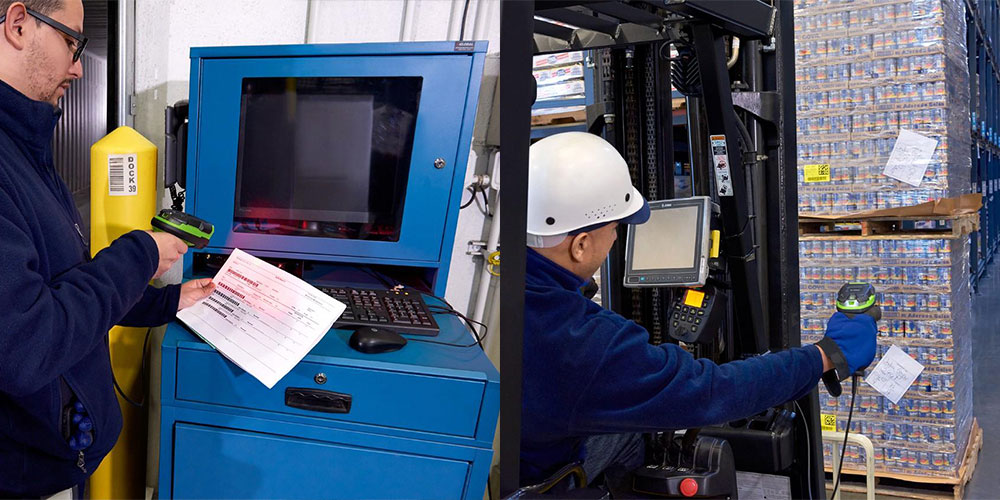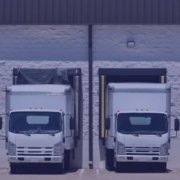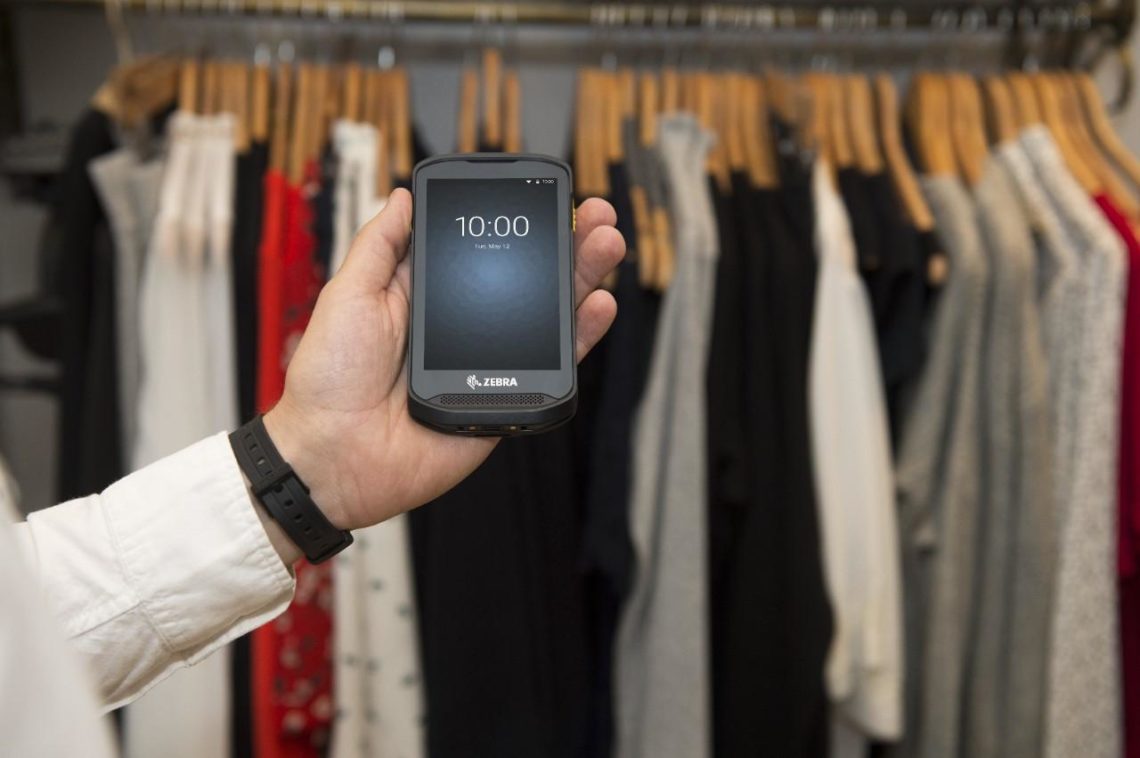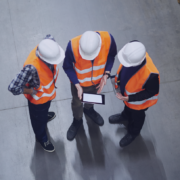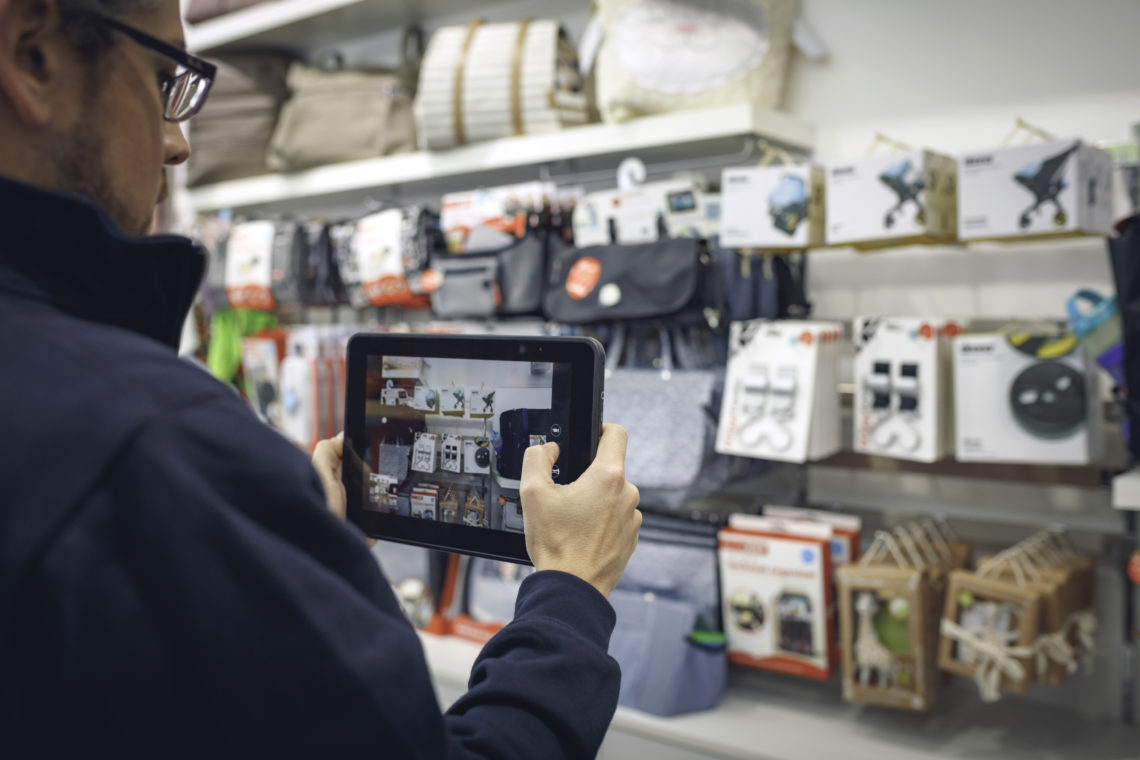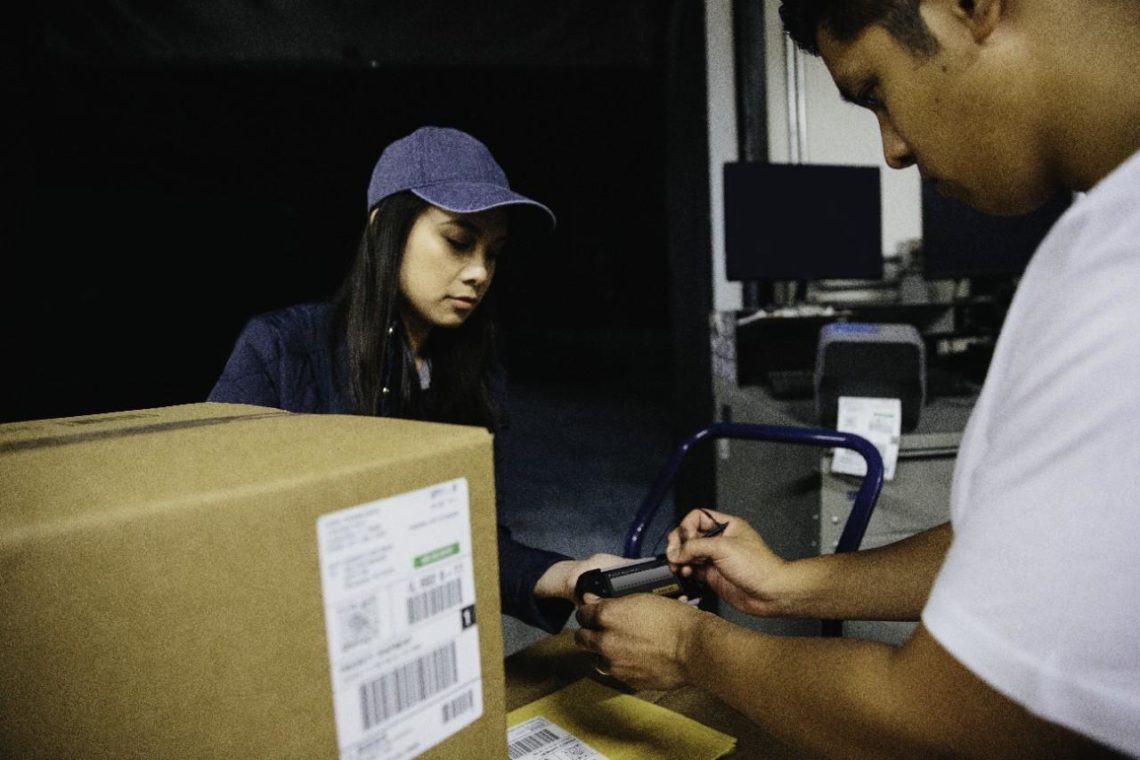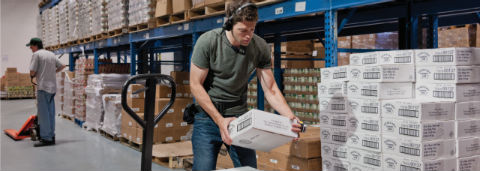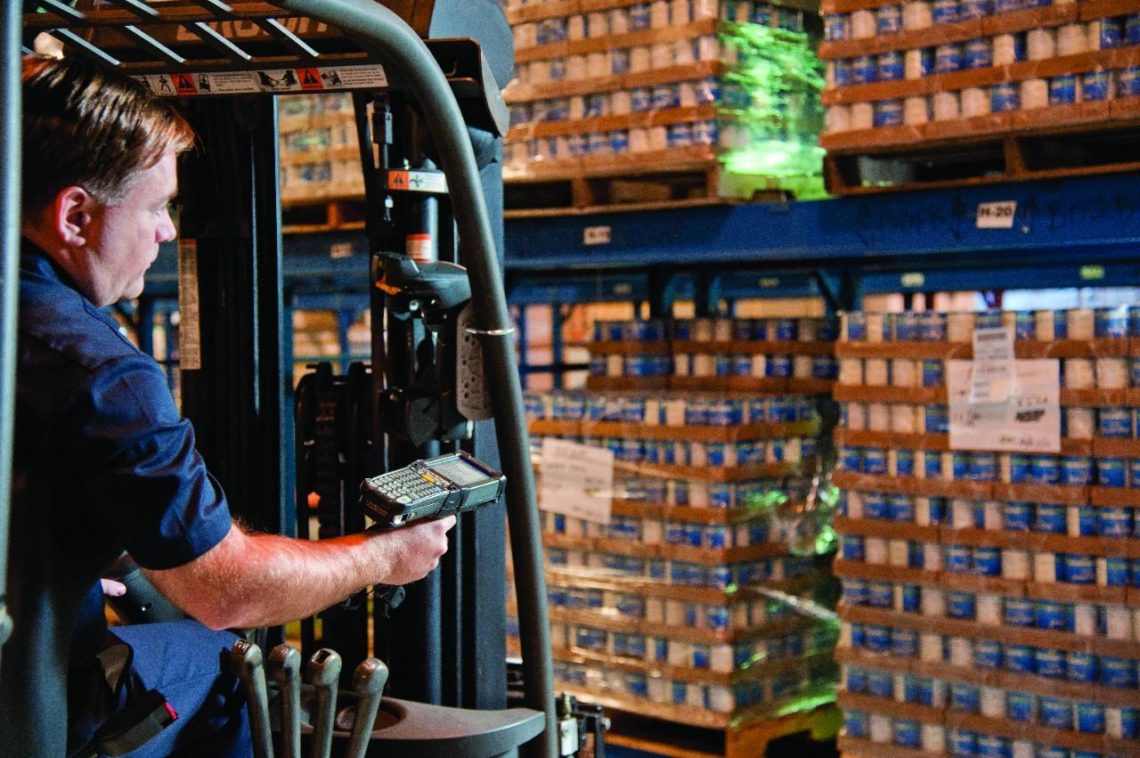Two years ago, users of Windows Embedded Handheld and Windows CE learned that Microsoft was going to pull the plug on these operating systems. No more security patches. No more updates. The end of life has already begun, with support for Windows Embedded CE 6.0 coming to a close on June 10, 2018. The remainder will fade into history over the next two years. The OS migration began as soon as the announcement was made. Those considering the options have looked at Android conversion. The security debate, however, concerned some potential users.
Android is an open-source platform, while the alternative, iOS, is closed. Skeptics worry about the security of Android. Encryption was an issue. It was slow, even on business-grade, high-end devices. Malware risk concerned decision-makers as well. The file-sharing left Android users open to phishing attacks and more.

These are valid points. But here’s another consideration: Of the 1.2 billion mobile devices currently in use, Android runs on 78% of them. Apple’s iOS runs on 15% of devices, with the minuscule 7% split primarily between BlackBerry and Microsoft. Android dominates here, but enterprise users have still been hesitant about its value as a business operating system. Clearly, Android is the dominant OS. If only these nagging issues could be resolved.

Then, Zebra stepped in. The manufacturer of some of the industry’s most rugged, user-friendly, and high-performance enterprise mobile computers recognized the need to overcome Android’s barriers to broader acceptance by business users across industries. Zebra developed Mobility Extensions (Mx), which resulted in what they call “fortified Android”. Mx has strengthened Android in a variety of ways:
- Security
- Mobile device management (MDM)
- Mobile application management (MAM)
- Data capture
- Wireless connectivity
Government-Grade Encryption Maximizes Security

From the security standpoint, this fortified Android uses a government-grade, AES-256 encryption. Mx lets you select the data you want to encrypt—like sensitive data. The result is that encryption doesn’t slow down the device’s performance since it’s not encrypting every bit of information.
Transferrable Encryption Keys Ensures Security

Standard Android generates and secures the encryption keys on the device. But if you need to swap the device or give data to another user, the key doesn’t go along with the SD card. With Mx, the encryption keys are generated and stored in a centralized location. IT has control and can remotely provision another device with the encryption keys necessary to gain access.
Expanded Lockdown

Mx enables the lockdown of users from a device, an app, or even just a feature. You can limit users to one line-of-business application. When they turn it on, the device automatically launches and locks into that specific application from an enterprise home screen. You protect the network from unauthorized access while enhancing productivity by eliminating distractions. You can also lock down specific features and peripherals, like disabling the USB port so sensitive information can’t be downloaded to a thumb drive—or unauthorized apps can’t be uploaded in the same way.
Reliable Security Updates

When Microsoft ended support for Windows CE/Embedded security patches, it effectively ended the enterprise use. Without ongoing patches to protect the network, you’re open to all sorts of breach risks. Zebra is staying on top of the security updates, with an internal team that monitors all reported Android security issues. DARN (Discover, Assessment, Remediation, Notification) alerts the Zebra Mx users whenever a patch is available. A link makes the upgrade instantly downloadable and IT can deploy it to all enterprise mobile devices with Mx’s MDM application.
MX comes pre-installed on all Zebra mobile devices. They’re ready to run right out of the box. Avalon Integration sees this fortified Android as a secure solution as you ponder OS migration. Stay tuned to learn more about the logistics challenges and solutions for the move to a different operating system.
Talk to us at Avalon Integration to get a better understanding of how you can get the most out of Mobility Extensions (Mx) today!
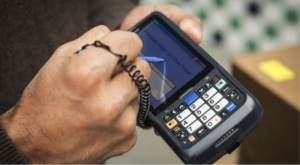 Customers currently running applications that require a legacy Microsoft operating system (Windows CE 6 or Windows Mobile/ Windows Embedded Handheld 6.5) will soon face the end of support for their platform. Mainstream support, which includes regular updates, has ended for both legacy systems. Microsoft extended support (security fixes) will end for Windows CE 6 in early 2018 and for Windows Embedded Handheld 6.5 in early 2020. After those dates, vendors will be unable to provide patches should a vulnerability or error be found in Microsoft code. For this and other reasons, many customers have begun planning a transition to new applications running under a modern operating system.
Customers currently running applications that require a legacy Microsoft operating system (Windows CE 6 or Windows Mobile/ Windows Embedded Handheld 6.5) will soon face the end of support for their platform. Mainstream support, which includes regular updates, has ended for both legacy systems. Microsoft extended support (security fixes) will end for Windows CE 6 in early 2018 and for Windows Embedded Handheld 6.5 in early 2020. After those dates, vendors will be unable to provide patches should a vulnerability or error be found in Microsoft code. For this and other reasons, many customers have begun planning a transition to new applications running under a modern operating system.
